#AutonomousVehicles
'Not a Car': GM's Cruise to Show Off…Something
Cruise LLC, General Motors’ self-driving arm, plans to reveal a revolutionary vehicle in San Francisco on Tuesday, Bloomberg has learned. It will not be a modified Chevrolet Bolt that’s missing its steering wheel.
The expected reveal comes after a multiple rounds of funding and promises of near-future production and a planned ridesharing fleet.
GM Still Pushing Cars Without Steering Wheels, Talking With NHTSA
Remember when General Motors talked about delivering an autonomous vehicle, sans steering wheel or pedals, and how the Department of Transportation said Federal Motor Vehicle Safety Standards basically made it impossible? Well, GM hasn’t given up the fight to disassociate drivers from driving.
The U.S. National Highway Traffic Safety Administration has started talks with GM over the automaker’s petition to deploy a limited number of self-driving vehicles on American roads last Friday. Acting NHTSA Administrator James Owens told Reuters that the petition (issued in 2018) is currently under review.
“I expect we’re going to be able to move forward with these petitions soon — as soon as we can,” Owens said, suggesting a final decision would be made in 2020. “This will be a big deal because this will be the first such action that will be taken.”
Toyota: Commercial Vehicles Come First for Autonomous Features
The perpetually cautious Toyota has decided to adhere to industry norms by promising to launch its latest advanced driving technologies on commercial vehicles first. This announcement works in tandem with the Toyota Research Institute-Advanced Development’s (TRI-AD), which has a fancy new headquarters focused on delivering “safe mobility by bridging Silicon Valley’s innovation with Japanese craftsmanship.”
The decision to prioritize commercial vehicles is relatively common. Most companies developing self-driving tech believe there are loads of cash to be found in autonomous taxi services and automated fleets. Large firms operating an entire fleet of AVs will also be better equipped to purchase and service them. Heavily dependent upon camera equipment and sensors, self-driving vehicles will need to be constantly maintained to ensure they are clean and functional. Toyota also sees possibilities in mobile shops and ambulatory hospitals, according to Reuters, which would require similarly high levels of attention.
Ford Loosens Purse Strings, Showers Michigan With Cash
The $6 billion in funding promised in Ford Motor Company’s new four-year labor contract is starting to be seen and heard. Having secured a walletful of incentives from the state of Michigan, Ford is now promising about $1.45 billion and 3,000 new jobs for the Southeast Michigan area.
Ford’s cash dump, announced Tuesday, will flow into three facilities in the area, one of which doesn’t yet exist.
Survey: EV Interest Varies Wildly Between Nations, Ditto for Shared Ownership
If you follow the automotive industry at all, you’re undoubtedly aware that the United States is a region that hasn’t quite embraced automotive electrification on the same level as the rest of the developed world. Americans travel longer distances and have particular tastes, making EVs more popular in places like Europe and China. It also hasn’t passed the same sweeping regulations to ensure their advancement.
Whatever the cause, a new survey from London-based OC&C Strategy Consultants attempted to tabulate the disparity — asking 2,000 consumers (apiece) in the U.S., China, Germany, France and United Kingdom between March and April of 2019.
Their findings? Only about half of the surveyed Americans felt EVs were worth their consideration as a potential successor to their current ride. In China, 90 percent said they would seriously consider buying electric. Between 64 and 77 percent of respondents in Europe said the same (depending on country).
Regulators, Mount Up: NTSB Presses NHTSA for Better Self-driving Safety
While the National Transportation Safety Board’s (NTSB) job isn’t to establish new regulations, it is obligated to enforce the country’s Federal Motor Vehicle Safety Standards while conducting crash investigations and making recommendations to other agencies on ways to improve vehicular safety.
Lately, that job involves telling the National Highway Traffic Safety Administration (NHTSA), an agency that does write those rules, to step up its game on autonomous vehicles.
Last week, the NTSB held a board meeting in Washington D.C. to determine the probable cause of a fatal collision between a self-driving Uber prototype and a pedestrian in March of 2018. While Uber took plenty of heat, the NHTSA also came under fire for prioritizing the advancement of advanced driving technologies over public safety.
Calling for Clarity: Auto News Requests Revised Terminology for Autonomous Tech
The terminology surrounding self-driving technologies and advanced driving aids has started to earn quite a bit of criticism in the wake of publicized crashes and growing outcry from consumer advocacy groups. For years, the industry has treated all assistance technologies as equal — placing everything on a sliding scale developed by SAE International.
It’s actually a good metric if you’re familiar with SAE’s autonomous ranking system. But to a layperson the differences between SAE Level 2 and 5 don’t mean a whole lot, despite offering completely different experiences. Automakers also have terms of their own, some of which could easily lead customers to believe their products are far more capable than reality allows.
Automotive News recently published an op-ed calling for clarity, and it was so good, we felt inclined to share.
Honda CEO: 'EVs Will Not Be Mainstream'
The tide of praise and promise that swept in at the impetus of the 21st century to support electric vehicles is receding. The same goes for the entire concept of autonomy — though this has been pulling back faster than Nicholas Cage’s hairline, and with only a fraction of its grace. Over the last few years, the number of voices shrugging off advanced technologies has increased, creating a rift between cynics and believers.
While largely disinterested in the ramifications of the technology, automakers have also tamped down their previously bloated expectations. Those pushing alternative powertrains and vehicular autonomy are becoming more based, but so too are the companies that never bothered chasing them quite so zealously in the first place.
Honda CEO Takahiro Hachigo says his company still has serious doubts as to just how lucrative electrification and mobility projects will actually be, suggesting the costs and complications of such technologies probably aren’t worth pursuing as a primary objective.
NTSB: Autonomous Uber Vehicles Crashed 37 Times Before Fatal Accident
The National Transportation Safety Board (NTSB) has disclosed Uber’s autonomous test fleet was involved in 37 crashes over the 18-month period leading up to last year’s fatal accident in Tempe, AZ. Having collected more data than ever, the board plans to meet on November 19th to determine the probable cause and address ongoing safety concerns regarding self-driving vehicles.
Reuters reports that the NTSB plans to issue comprehensive safety recommendations to the industry, as well demand oversight from governmental regulators, in the near future.
Unfortunately, the circumstances surrounding the fatal incident in Arizona are as unique as they are complicated — ditto for most other crashes involving AVs. While Uber’s test mule failed to identify the pedestrian in time, leading to her death, she was also walking her bicycle on a particularly awkward stretch of road. “The system design did not include a consideration for jaywalking pedestrians,” the NTSB said.
SAE Consumer Autonomous Driving Study Finds… Public Acceptance?
With the realities of autonomous driving growing increasingly apparent, the Society of Automobile Engineers (SAE) decided to conduct a survey to gauge public sentiment surrounding the technology. We’ve seen these studies before, noticing a lack of consistency. While several high-profile accidents relating to autonomous (or semi-autonomous) systems have clearly shaken people’s confidence over the last two years, we’re still seeing conflicting reports — and we don’t mean minor discrepancies, either.
The SAE survey, published on Tuesday, stated that 76 percent of respondents “think a self-driving car experience is similar or superior to a human-driven experience.” However, the American Automobile Association (AAA) released a study in March claiming 71 percent of survey respondents still had serious concerns with the technology, with only 19 percent claiming they’d even consider putting a loved one in a self-driving vehicle.
That’s a complete turn-around in just over six months. Perhaps we should look at how these surveys are being conducted and the type of questions being asked, because taking the SAE Demo Days Survey at face value makes it seem as though automated driving has finally gained public acceptance.
Uber Establishes Oversight Board for Self-driving Development
Uber has formed an independent board tasked with overseeing its autonomous vehicle program. As outsiders, they’ll have no official authority within the company. But the six-member group will have direct access to executive years, and will be using them to advise the business on how best to test and deploy new technologies.
Dubbed the Self-Driving Safety and Responsibility Board, the group was formed after one of Uber’s test vehicles struck and killed a pedestrian in March 2018. An external review commissioned by the company following the incident recommended the board’s formation, with support from the NHTSA.
Apple Co-founder Claims Autonomous Cars Aren't Happening
Apple co-founder Steve Wozniak has officially given up on autonomous vehicles, despite previously being a major proponent of their advancement. “I stepped way back [on] this idea of Level 5. I’ve really given up,” Wozniak at last week’s J.D. Power Auto Revolution conference in Las Vegas. “I don’t even know if that will happen in my lifetime.”
Automotive News reported the quote on Monday, noting that Steve’s tune has changed dramatically from the days where he optimistically saw Apple blazing the trail for advanced driving technologies — something that requires one to venture several years into the past. He’s been harder on the systems more recently, openly expressing his growing doubts since 2017.
“What we’ve done is we’ve misled the public into thinking this car is going to be like a human brain to be able to really figure out new things and say, ‘Here’s something I hadn’t seen before, but I know what’s going on here, and here’s how I should handle it,'” Wozniak explained. “A human can do that.”
Would You Trust Your Car to Drive Itself, Sans Occupant?
As you read here yesterday, Tesla’s biggest over-the-air software update to date has brought Model S, X, and 3 owners a host of new features, with an especially ominous (or exciting, depending on your level of trust) feature reserved for the true believers.
That Software Version 10.0 feature is Smart Summon — a way of getting your vehicle to drive to you upon exiting a building. Open the mobile app on your phone, press the necessary buttons, and your Tesla will pilot itself like the Mary Celeste to your arranged rendezvous point. Presumably, you’ll have your hands full of children and shopping, though Tesla says you’ll have to keep tabs on your vehicle — keeping it in in your field of vision — lest you find yourself liable for a fender-bender or worse.
It kind of defeats the purpose of the feature. If your attention is distracted by whiny kids or something else, how is it more convenient (or even possible) to stand there and watch your car make its way towards you, alert and ready to release that button and stop the Tesla in the event of a wayward shopper, vehicle, or rogue action on the part of your own car? How hard is it to walk over and get into your own car and drive off, especially considering the feature’s beta nature and Tesla’s long list of Autopilot fails?
Naturally, owners began testing Smart Summon the second it arrived.
Hyundai Gets Real About Autonomous Cars
Automakers have begun leveling with us about vehicular autonomy. After years of promises that self-driving cars were just around the corner, the vision rollback has begun. Testing has taken longer than anticipated and nobody is as close to unleashing a commercial product as they hoped to be. Waymo’s self-driving taxis are arguably the closest, but they’re still dependent upon human safety drivers. They also don’t stray far from areas of operation that have been repeatedly mapped and deemed safe.
While nobody has given up on the technology, claims are becoming less lofty. Realism is creeping into press releases and interviews, resulting in a more complicated pathway to autonomy. Hyundai Motor Group’s heir apparent, Vice Chairman Chung Eui-sun, recently announced the creation of a $4 billion self-driving joint venture with Aptiv, but the plan is more modest than what we’ve become accustomed to.
Automakers Asks NHTSA to Remove Autonomous Hurdles
The National Highway Traffic Safety Administration has been pretty good about letting companies test autonomous vehicles on public roads. And yet pretty much every automotive manufacturer, ride sharing firm and tech giant still wants laxer rules. To a degree, it’s understandable. Take General Motors, for example. Back in 2017, GM sought exemptions from NHTSA to deploy fully automated vehicles without steering wheels or pedals, but that would have placed the car in clear violation of preexisting safety standards — as they were not in line with the General’s vision of what a self-driving car should be.
GM’s autonomous division recently said the self-driving Cruise AV it had been prepping for the end of this year will likely have to be delayed. While development issues assuredly played a role in stalling the car’s commercial deployment, it could never have launched as initially designed anyway.
Earlier this year, the Federal Motor Carrier Safety Administration (FMCSA) and NHTSA asked for input regarding the testing of automated vehicles to help decide if the “removal of unnecessary regulatory barriers” would be a prudent move. You can probably guess the feedback received from the automotive and tech industries.



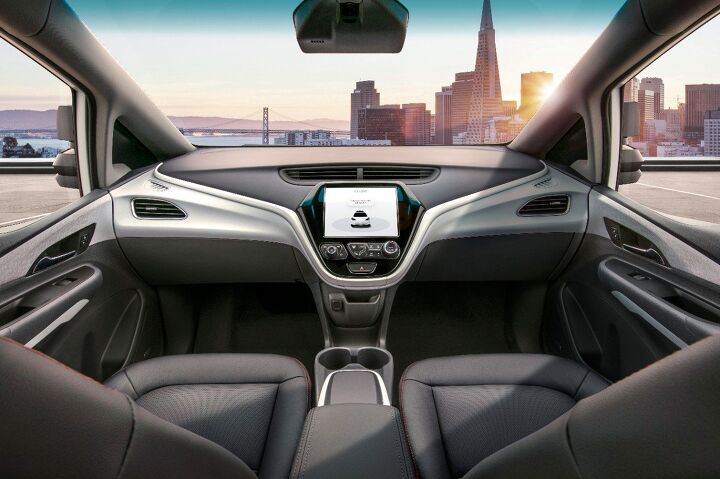

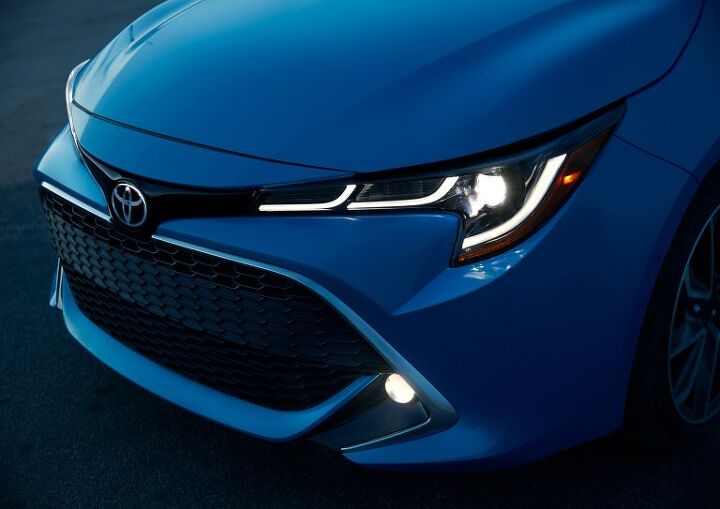



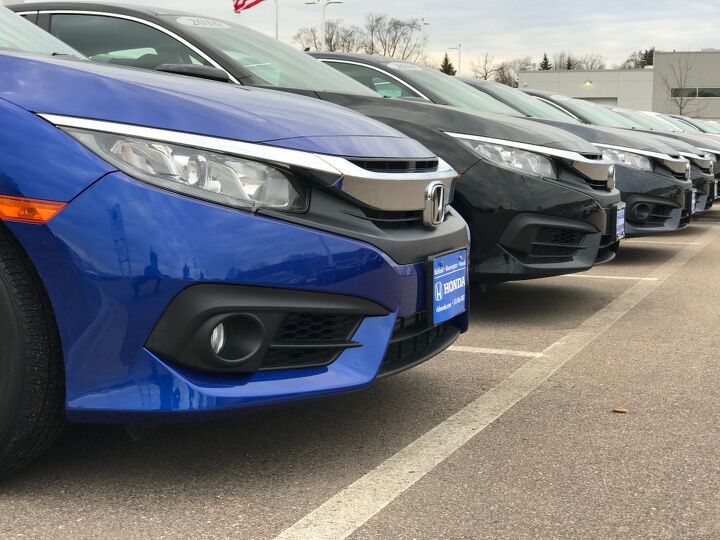

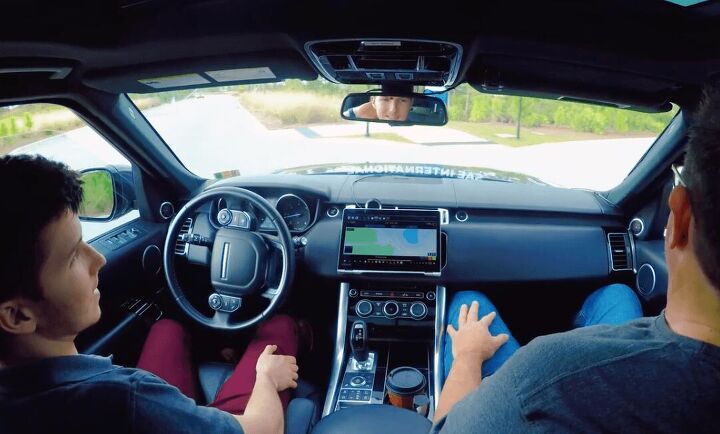



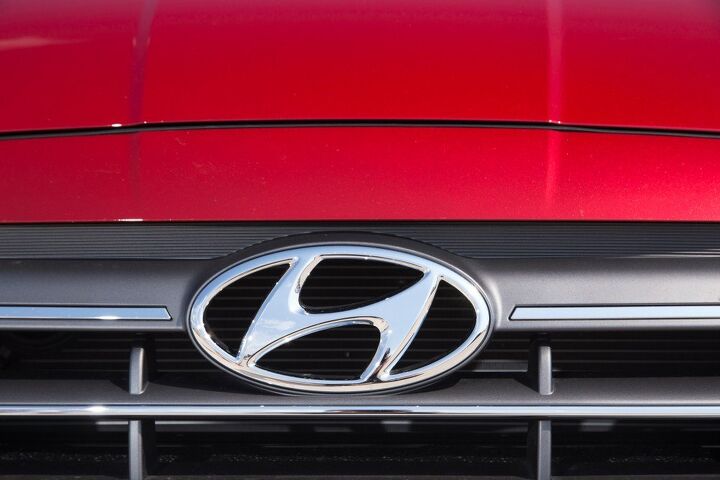













Recent Comments